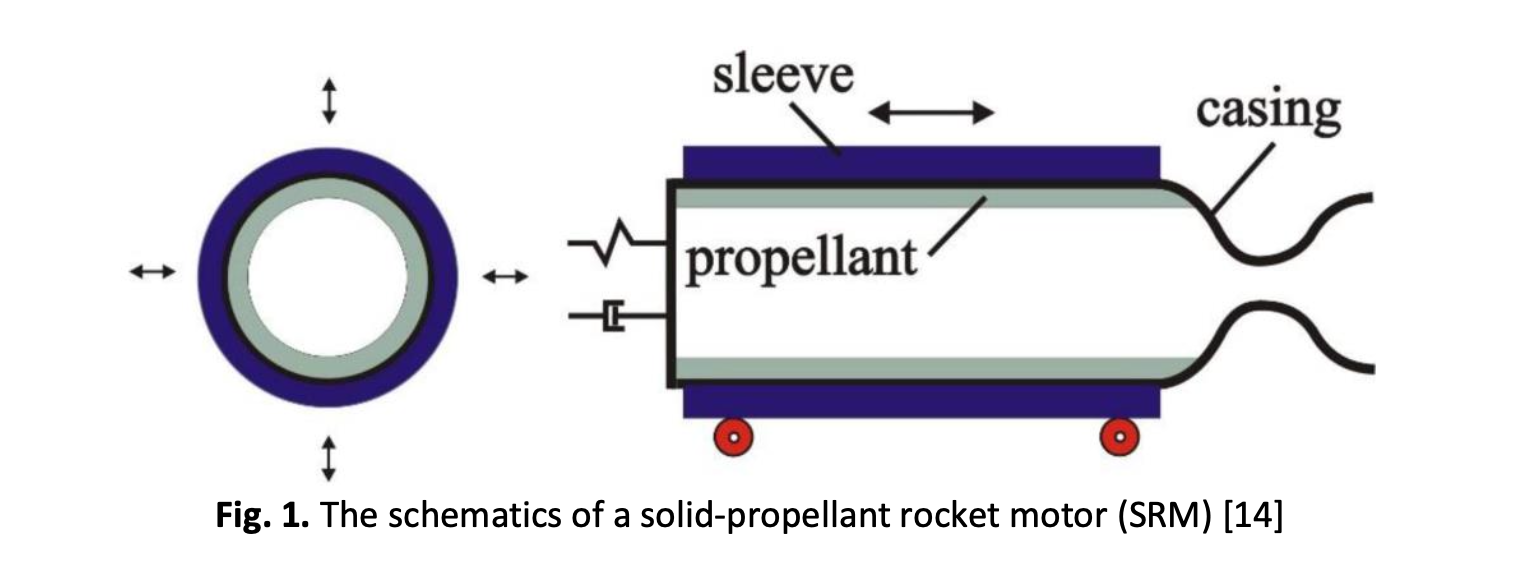Numerical Study of the AP/Al/HTPB Composite Solid Propellant based Combustion Process in a Small Retro Rocket Motor
DOI:
https://doi.org/10.37934/arfmts.96.2.98114Keywords:
Solid propellant, composite propellants, combustion, retro small rocket, binder, oxidizer, aluminum, nozzleAbstract
A numerical investigation of the composite solid propellant-based Combustion Process is performed to characterize the combustion behavior of ammonium perchlorate and Hydroxyl-terminated polybutadiene (HTPB) propellants in a small retro rocket motor. In this analysis, the combustion process is carried out inside the chamber with 71% oxidizer, 15% aluminum, and 14% binder. The effects of using 15% aluminum, particularly focusing on the substantially increased burning rate and composition and sizes of combustion residues are studied. A small solid-propellant-based retro rocket motor with a C-D Nozzle is studied computationally. Consistency is maintained in the boundary conditions and dimensions of the nozzle. The results clearly show a decrease in the temperature, as there is a drop in pressure along the length of the nozzle. On the other hand, due to the energy conservation, the fluid velocity marks a significant increase along the length of the nozzle. This analysis provides an outline of the combustion for small solid rocket internal flow predictions. The computation results show that the combustor carries sustained combustion throughout the process, with a steep rise in temperature near the nozzle exit. There is also a significant decrease in density near the nozzle exit due to the temperature rise. The turbulent kinetic energy also plays a major role here.
Downloads
































